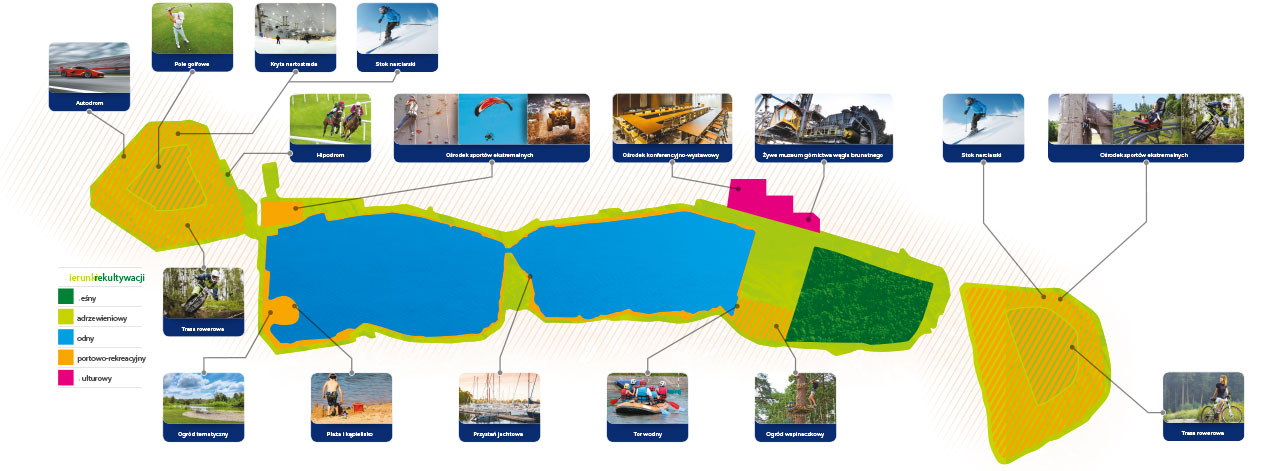The BAT compliance program consists of a number of projects, including one project derived from a research and development project, i.e. the implementation of heavy metal capture technology in InnUPS technology.
Among the stricter requirements for the removal of nitrogen oxides and sulfur, requirements have been introduced for waste water parameters from wet flue gas desulfurization installations. The concentration of metals and metalloids in wastewater is one of the key parameters. Between 2013 and 2016, PGE Energia Ciepła developed a technology for wastewater treatment from wet flue gas desulfphurisation installations. The project was implemented as part of the GEKON program financed by the National Center for Research and Development and the National Fund for Environmental Protection and Water Management. The developed technology is based on a system of columns containing ion exchange resins dedicated to the removal of metals and metalloids. Recovered noble metals can be reused in industry.
The implementation of InnUPS technology is planned in four locations: in Gdynia, Gdańsk, Wrocław and Kraków.
Site work is underway in Gdynia, and its completion is planned for October 2020. Commissioning of the installations at the other three locations is planned for July 2021.







